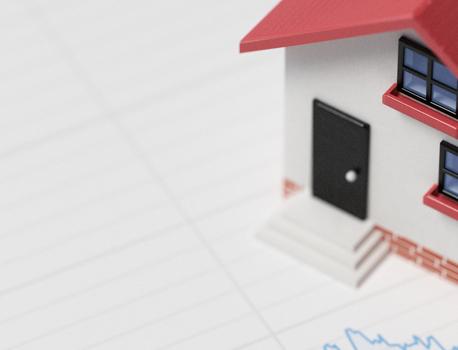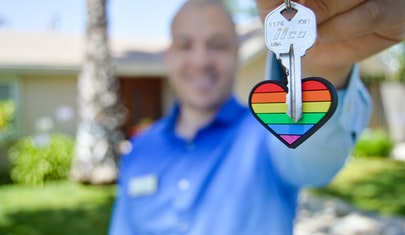Author (full credit): MASON CHENG
It’s now impossible to deny that the Coronavirus outbreak has left an impact on modern society. Whether it’s masks becoming a fashion statement or the exponential rise of food delivery services, the pandemic has fundamentally changed how we operate in our day to day lives, but how did it effect house design? What sort of features will be prominent in the houses of the post-pandemic world? Here are some of the trends that will be influencing those decisions:
The Rise of Remote Jobs and Home Offices
With the quarantines and social distancing practices introduced through the pandemic, many employers were forced to allow their employees to start working from home. Some employers even decided to allow their employees to permanently work from home, especially following studies that discovered remote working to have even increased productivity. This has led some to speculate that as high as 30% of the workforce will remain remote after the pandemic subsides.
With this increasing trend of remote jobs, the rise of home offices seem inevitable. While home offices have been included in the designs of many home layouts from the most popular home builders, they have always seemed more like smaller bare bone dens occasionally with French doors than a prominent feature of a home. The rising popularity of remote jobs may cause these rooms to be more prominently dressed up by home builders after the pandemic.
The decline of gym memberships
The pandemic has been hard on many industries, but has hit gyms especially hard. Some studies have shown that gyms have seen as high as a 70% decrease in membership since the beginning of the pandemic, with an additional 43% of those people saying that they won’t return after the pandemic. The steep decline in gym memberships have also coincided with a sharp rise in the sale of home fitness equipment. Ebay sales data has even reported that between March and April of 2020, sales on dumbells were 1,980% higher than the same timeframe in 2019.
With the rise of home fitness equipment sales and the decline of gym memberships, we can now deduce that home gyms are becoming more and more prevalent. Currently, very few builders, have home gyms as a standard in their home layouts. Most often, people are setting up these gyms in dens, garages, sheds, and other rooms that they aren’t using at the moment. I wouldn’t be surprised to see that this changes after the pandemic with home builders including a dedicated fitness room in their designs.
Increasing demand for energy efficiency
As with many other industries, the energy sector was hit extremely hard by the pandemic and subsequent quarantines. With the decline in travel and commuting due to lockdowns and remote work/schooling, many industry giants were faced with mass layoffs. Despite all this, the pandemic exposed the cracks in what we defined as “energy efficient”. Even though almost all commercial buildings were either emptied or were minimally staffed, it barely made a dent in reducing America’s commercial and residential energy usage. Axios reported that during April and May when most cities were under lockdown, energy consumption by commercial buildings was only down 15 percent. This, coupled with the increase in remote work and schooling, caused the overall energy consumption in America to be slightly higher in July than it was the previous year.
Homeowners are definitely feeling the strain of remote work and schooling by seeing their energy bills steadily increase over the course of this pandemic. Demand for more energy efficient options were already a major attraction for home buyers prior to the pandemic, and should only increase afterwards. Home builders would be remiss to not take advantage of this demand and include more energy efficient options for their homes. We could expect the inclusion of solar panels, more efficient electrical wiring, or even rooftop greenhouses for townhomes.
Reprinted from HAR.com with permission of the NATIONAL ASSOCIATION OF REALTORS®.
Published date on HAR.com: Dec. 15, 2020





